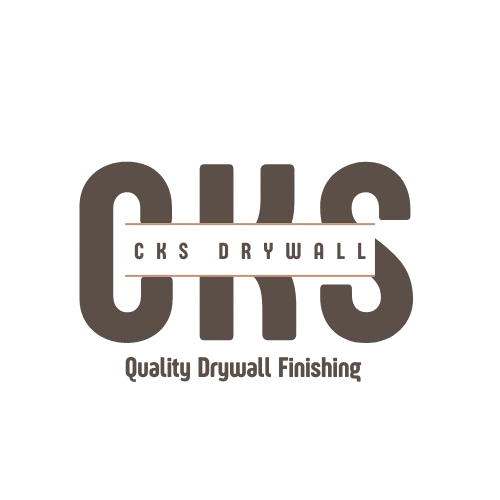The Birth of Modern Drywall
Fast forward to the late 19th century in the U.S., where innovation met necessity. In the 1890s, Chicago inventor Augustine Sackett experimented with gypsum boards as a quicker alternative to wet plaster. His "Sackett Board"—gypsum plaster sandwiched between layers of paper—was a game-changer, though initially used as a base for additional plaster.
The real breakthrough came in 1916 when the United States Gypsum Company (USG) patented modern drywall, branded as Sheetrock.
This lightweight, fire-resistant panel could be nailed up in sheets, eliminating the week-long drying process of plaster. Homes that once took months to finish could now be walled in days. Yet, adoption was slow; traditional plasterers dismissed it as "cheap," and it lingered as a niche product for decades.
